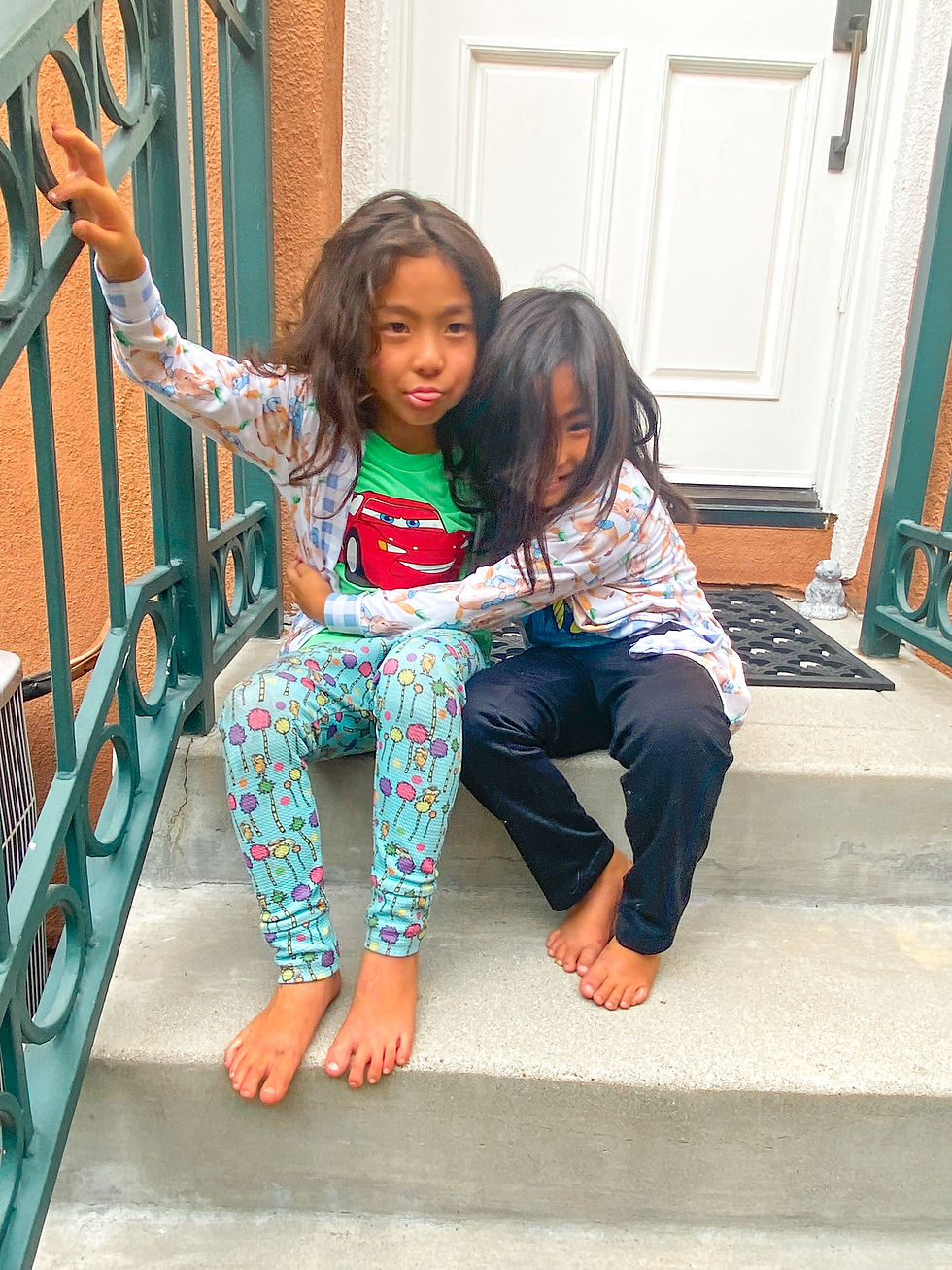Let’s talk about autism
- Dr. Chisato
- Nov 28, 2022
- 3 min read
Imagine that you have glasses on (or if you are like me and have glasses on, ,that works too!)
Now imagine that we each have glasses of different color and shapes for lenses and frames. That is kind of realistic right? Some of us may have pink sunglasses. Some of us may have brown lens sunglasses with beads on them. Someone of us may have dirty lenses (ok, that's me). Some of us may have heart shapes... and more.
So, What does that have to do with autism? Well, the lenses are the way we each view the world.
When someone is on the autism spectrum, they just have a different view of the world. So while it may be that people who are not on the spectrum have brown, red and blue hue to their lenses , people on the spectrum have a orange, purple and green range hue in their lenses! Does it mean that one is better? Of course not! Neither are better or worse.
When Yuri got diagnosed, my husband and I reached out to our families and friends to inform them of the diagnosis. (He was diagnosed first)
The responses ranged from "how do you feel?" To "they are going to be fine with the two of you as their parents" to "No. No, that can't be right."
Through it all, we heard so many stories about how autism was going to impact them negatively.
Does it mean that they are never going to speak? Does it mean that they will never socialize with others? Or that they will never love or show affection?
The thing is, autism is a spectrum.
What does that mean?
Spectrum means that there is no one way to be autistic, have autism- whatever way the person prefers to be identified. Since my boys have not expressed what they prefer, I say that they are on the autism spectrum.
And to answer those questions- no. That is not what it means at all. The boys talk and communicate, they do socialize with others (children and adults), and they are very affectionate. Some people on the autism spectrum, may not communicate verbally- they may use an AAC (augmentative and alternative communication) device, sign language, etc. Some people may not be able to communicate at all. Some people may love to give hugs and kisses, and some may not like to be touched at all. That is what makes it a spectrum-Every single person on the autism spectrum is different!

The important thing is to see beyond the label. Not everything that children and adults that are on the autism spectrum is "only due to their autism." Sometimes, when one of the boys has a hard moment at school, we remind ourselves of that. Sometimes, he just has a difficult moment. Maybe he got in an argument with a friend (or his brother..they're in the same class). Maybe he didn't get enough sleep the night before. Maybe he had a bad dream. We all have those moments, right?
Connect with each other- don't get lost in the sea of labels.
Yes, it can be helpful to know the diagnosis so that we can know how to support. It may be more helpful to learn how the diagnosis impacts that person.
For example, for Aki, he can be sensitive to certain sounds (like the blender). So we let him know we are going to use the blender and count down ("hey Aki, the blender is going to be in in 5.4.3.2.1" he will cover his ears usually.) For Yuri, rules are important to him. He LOVES legoes because he can follow directions and can end up with something he can be proud of. So he is able to earn legoes for "green choices". (He chooses which lego and we have a discussion about if it would be appropriate or not- if it is too hard and we know he will not finish it, he probably won't be earning it, because that won't be a reward at that point...)
So let's jump into this week's Therapist Mama Bear tip!
Think of a loved one that has a diagnosis (It can be yourself too!)
Ask yourself, "How does this diagnosis impact this loved one?"
Then....





Comments